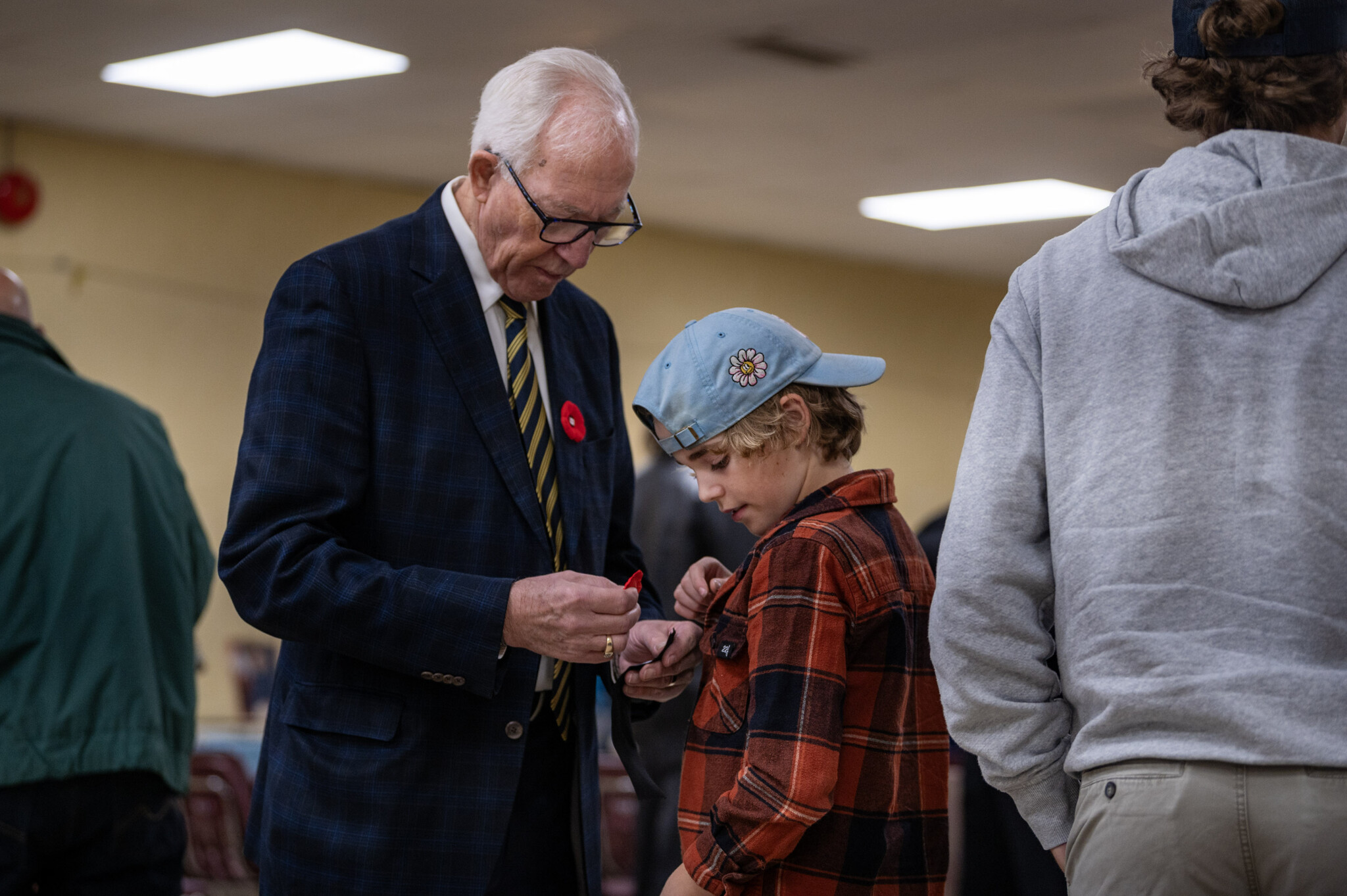Jean Twenge, author and psychologist, often referred to as the “reigning expert on generational change,” explains how evolving technology, more so than major historical events, has had a greater impact on how younger generations interact with older peers, why they are suffering from higher rates of depression and anxiety, and what kind of change—political and cultural—they want to see in the future.
Below is an excerpt from Jean’s book Generations: The Real Differences Between Gen Z, Millennials, Gen X, Boomers, and Silents—and What They Mean for America’s Future.
Whatever, Man
Trait: Political Apathy
MTV—Gen X’ers’ favorite channel—premiered in 1981 with the prophetic song “Video Killed the Radio Star.” MTV was an instant hit with a gen- eration of young teens itching for something to watch that wasn’t just for kids, but wasn’t adult-boring, either. The safely scary, slickly produced, and ultimately irresistible video for Michael Jackson’s “Thriller” was MTV’s first enormous hit in 1983, going viral before going viral was a thing.
In 1992, teens watching MTV began to see something different: ads with some of their favorite musicians urging them to vote in the upcoming presidential election. Interspersed with licks of his hit “Baby Got Back,” Sir Mix-A-Lot (b. 1963) says, “It’s real popular in rap music these days to dis the establishment . . . what needs to be popular is getting you all out there to vote. I’m here to tell ya’ll that if you’re eighteen or older and an American citizen, you got the right to vote. You got any complaints; you take it out on them! Peace.” In another black-and-white ad running nearly three and a half minutes, Madonna complains, with a subtle irony that would be lost on anyone but Gen X’ers, that it’s really difficult to vote. At the end, when her stylist offers up a 1970s-looking frock, she rejects it, saying, “Cher votes in stuff like that.” The ads were sponsored by Rock the Vote, an organization founded by music executives in 1990 concerned about the censorship experienced by hip-hop and rap artists. They figured if more young people voted, such laws and policies wouldn’t be as popular. The 1992 ads were aimed squarely at Gen X, and Rock the Vote kept up its advocacy for youth voting throughout the 1990s and beyond.
First-wave Boomers in particular found the idea of ads encouraging young people to vote somewhat amusing. They had not only voted but burned their draft cards and marched in the streets to influence political decisions. Were these kids really so apathetic they had to be cajoled to vote by Sir Mix-A-Lot and the Material Girl?
They sort of were. While 57 percent of Boomers born in the late 1940s voted in presidential elections when they were 18 to 41 years old, only 47 percent of Gen X’ers born in the late 1960s did.
That has an impact: A 10-percentage-point difference in this age group in 2016, for example, was 10 million people—125 times more people (80,000) than effectively decided the 2016 election in a few midwestern states. In elections as close as the last few presidential contests have been, even a few percentage points can matter. The trends in voter turnout within each generation are also relevant.
Boomers voted at progressively lower rates from their earlier cohorts to their later ones, so as the generation’s birth years went on, people cared less and less about participating in the political process. It was the opposite with Gen X, with participation rising as the generation went on: Gen X’ers born in the late 1970s were 6 percent more likely to vote than those born in the late 1960s. Still, voter turnout shows a regrettable Gen X apathy. Compared to the more robust voter turnout of early Boomers in 1968 and 1972, Gen X’ers were much less likely to vote in presidential elections as 18- to 24-year-olds in the 1990s, when Gen X was coming of age. Young adult voter turnout dropped 35 percent from 1972 to 1996.
After the larger youth turnout in 1992 and the media’s discovery of Gen X, several young leaders decided to found political organizations designed to turn out the Gen X vote and get politicians to pay attention to the needs of the rising generation, especially the national debt and the solvency of Social Security. Jon Cowan (b. 1965) and Rob Nelson (b. 1964) founded Lead . . . or Leave in 1992, challenging politicians to reduce the national debt or leave office. The group held rallies on college campuses and dumped four thousand pennies on the Capitol steps to represent the debt. The national debt, Cowan and Nelson said, is “our Vietnam.” Although the group had some successful voter registration drives, it eventually foundered, falling apart in 1995. The next year, youth voter turnout would hit an all-time low.
Millennials and Gen Z’ers boosted voter turnout among young adults in the 2000s, 2010s, and 2020, bringing turnout back to the levels of Boomers. As 18- to 34-year-olds, Gen X’s voter turnout averaged 43 percent, compared to Boomers’ 50 percent and early Millennials’ 49 percent. Looked at this way, Gen X appears to have been the most politically apathetic of the generations in their young adult years.
There are two reasons that isn’t quite true. First, Boomers and Silents also had low voter turnout in the elections of 1996 and 2000. Elections during calm times often have low turnout, while elections during recessions and wars with military drafts turn out voters, especially young ones. That’s one reason why Gen X young adult turnout spiked in 1992—there was a recession that year (Sir Mix-A-Lot’s and Madonna’s efforts notwithstanding). Second, once Gen X’ers moved beyond their young adult years, more turned out to vote. Gen X’ers were nearly all of the 25- to 44-year-old age group by 2008, right when this age group’s voter turnout rebounded (see Figure 4.33). Gen X’ers seem to have grown out of their political apathy as they got older, improving upon late Boomers’ voter turnout during middle adulthood. While voting may have once seemed a little too communal to be appealing to individualistic Gen X’ers, as they aged they may have realized that voting was a way to express their individual views.
In the 2020s, Gen X should be politicians’ primary focus: They are the generation in the prime voting years of middle adulthood. As the decade goes on, more Gen X’ers will age into their 60s, the time of life when voter turnout peaks. In 2020, Gen X’ers were already a large generational voting block: They boasted 40 million registered voters, compared to Boomers’ 52 million and Millennials’ 41 million. More Gen X’ers voted than Millennials: 93 percent of Gen X registered voters voted in the 2020 election, compared to 89 percent of Millennial registered voters. Yet, perhaps because Gen X gained an early reputation for political apathy, they are still routinely ignored, with most media coverage focusing on Millennials overtaking Boomers as a voting block.









